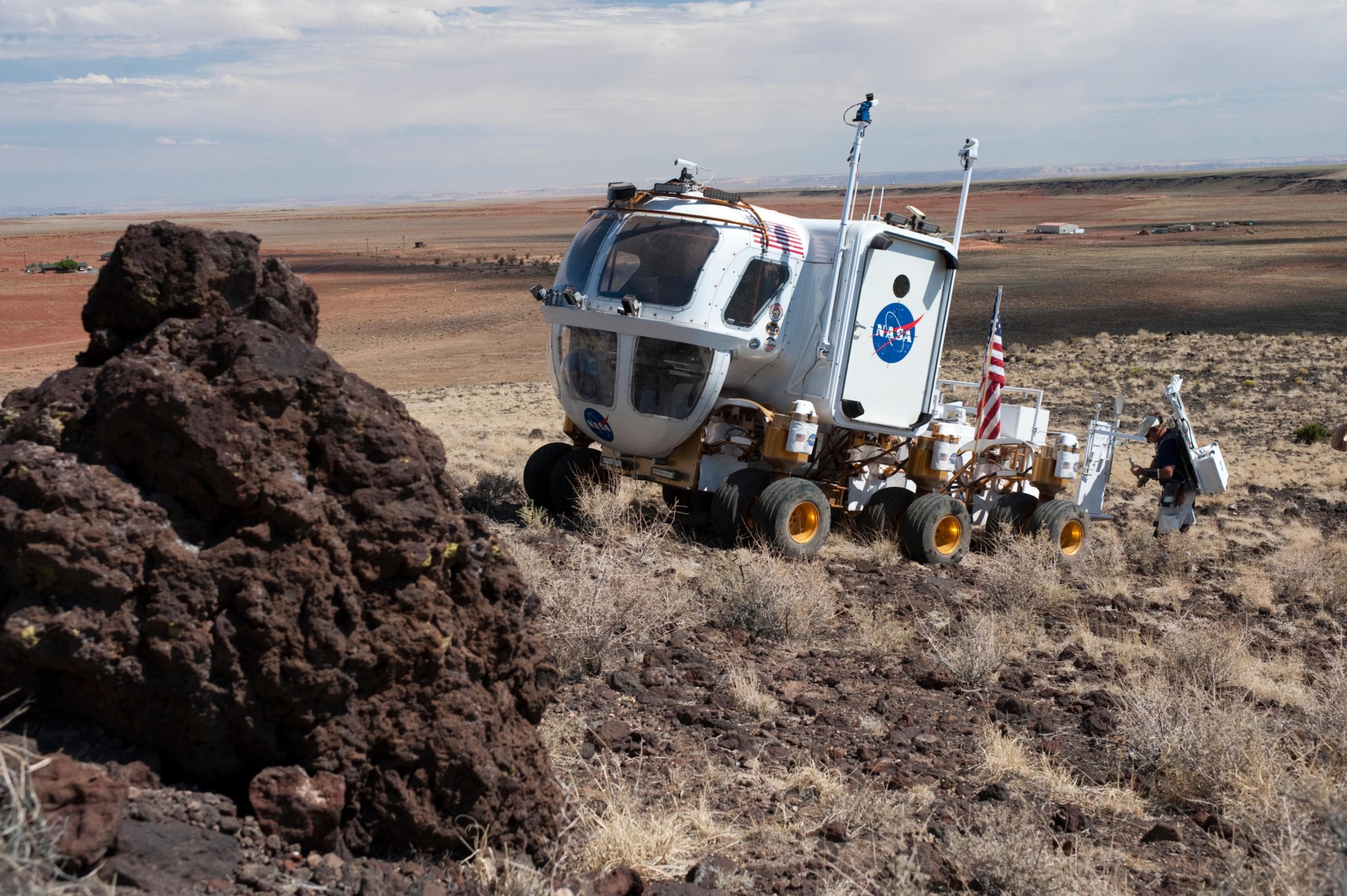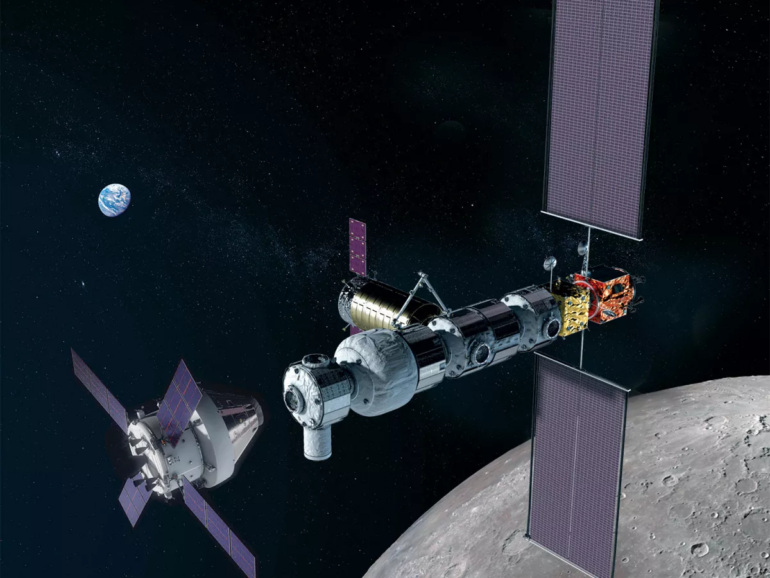
The D-RATS crew, made up of representatives from NASA and JAXA (Japan Aerospace Exploration Agency), will spend a week in the Arizona desert, simulating a stay on the moon and testing prototypes of pressurized all-terrain vehicles.
NASA continues to work on technologies that will enable a long-term human stay on the moon during future Artemis missions. For this, it is very important to develop sealed lunar rovers where crew members can live and work.
As part of testing the rover prototype, a team of 6 astronauts and engineers went to a high desert area 60 km from Flagstaff, Arizona. The crew will be there for a week, taking turns working in groups of two.
#Artemis astronauts will have to live and work on the Moon, and using pressurized rovers will play a critical role. A crew of six astronauts and engineers from @NASA and @JAXA_en are simulating this technology over the next week.
READ MORE >> https://t.co/191AzPHcJ5 pic.twitter.com/kKod7TKcdB
— NASA_SLS (@NASA_SLS) October 14, 2022
This unique location will allow the teams to simulate the conditions when astronauts will be near the South Pole of the Moon during the Artemis missions (including the complex landscape, interesting geology and minimal communication infrastructure). The crew will carefully wander the desert, exiting the vehicle in simulated spacesuits, in case ‘they come across scientifically interesting regions to explore.’
At the Johnson Space Center in Houston, NASA’s flight control team will monitor the crew’s movements and actions, help them stay on schedule and troubleshoot if problems arise.
Sealed lunar rovers must safely house astronauts for several weeks, and have sufficient supplies of air, water, food, hygiene products, and tools needed to navigate the lunar surface. During the D-RATS mission, NASA and JAXA will collect data on the rover’s design, cabin configuration, driving modes, and timing constraints to support potential design concepts for future lunar rovers.
Artemis is an American research program whose goal is to restore human presence on the moon.

In this illustration, NASA’s Orion spacecraft approaches the Lunar Gateway space station in lunar orbit.
The main components of the mission: the Space Launch System carrier rocket, the long-awaited launch of which is constantly postponed – sometimes due to technical problems, sometimes due to natural phenomena (the latter was postponed from September 27 to mid-November after news of Hurricane Ian); spaceship ‘Orion’; the Lunar Gateway space station and commercial human landing systems, including the SpaceX-developed Starship HLS.

